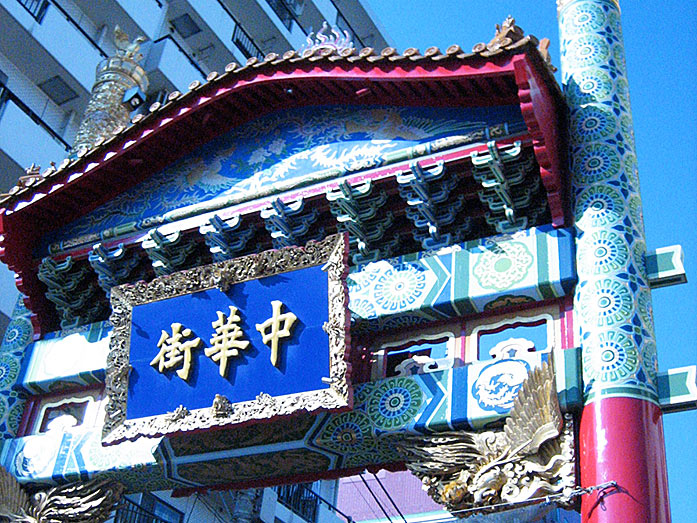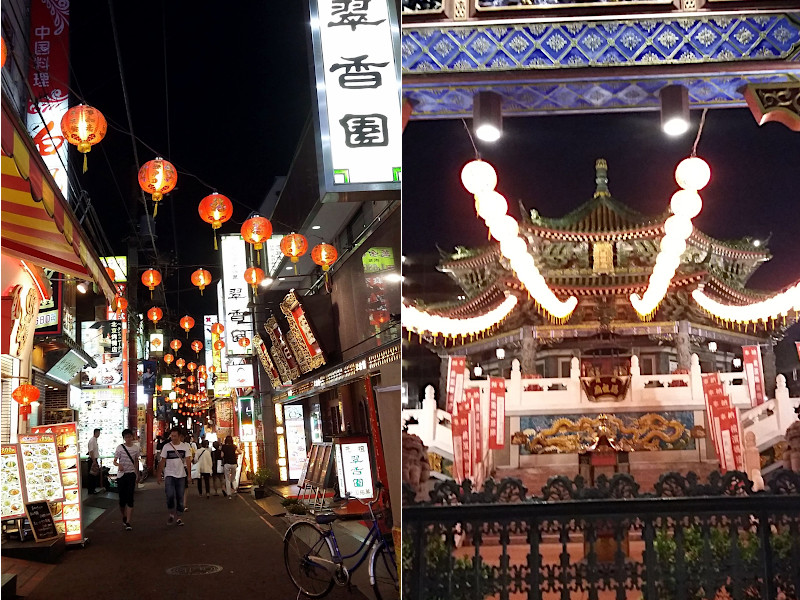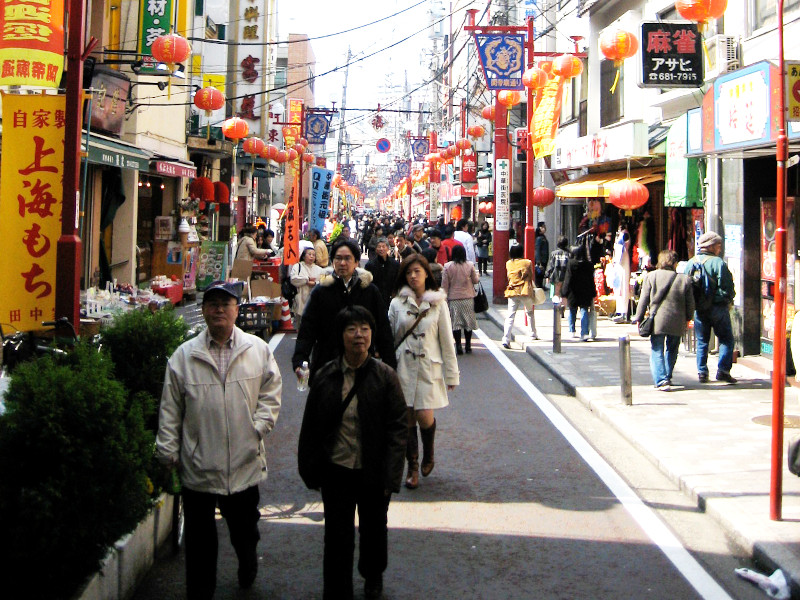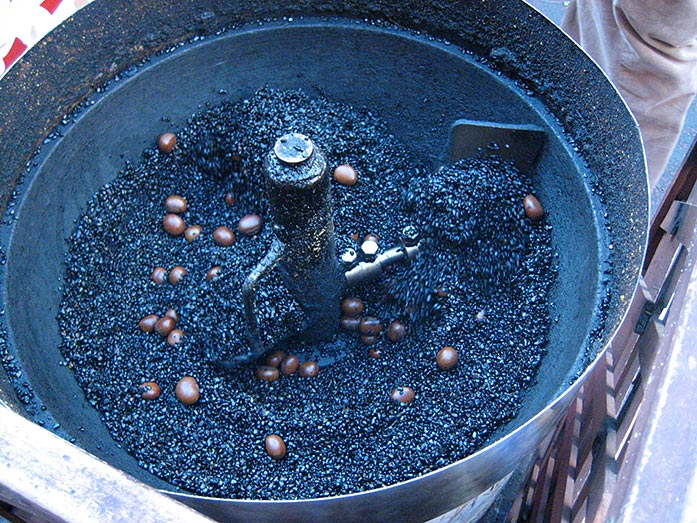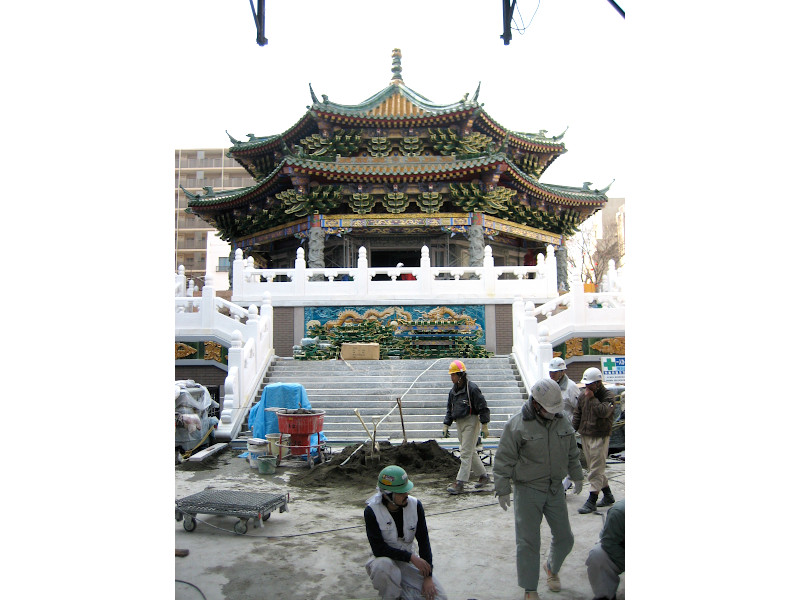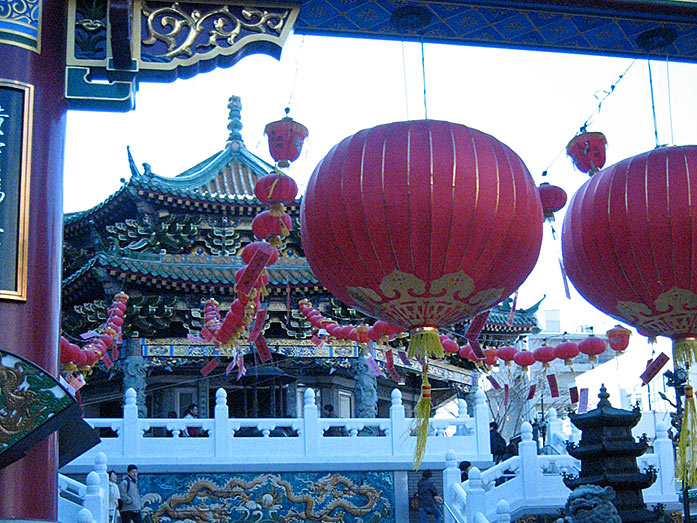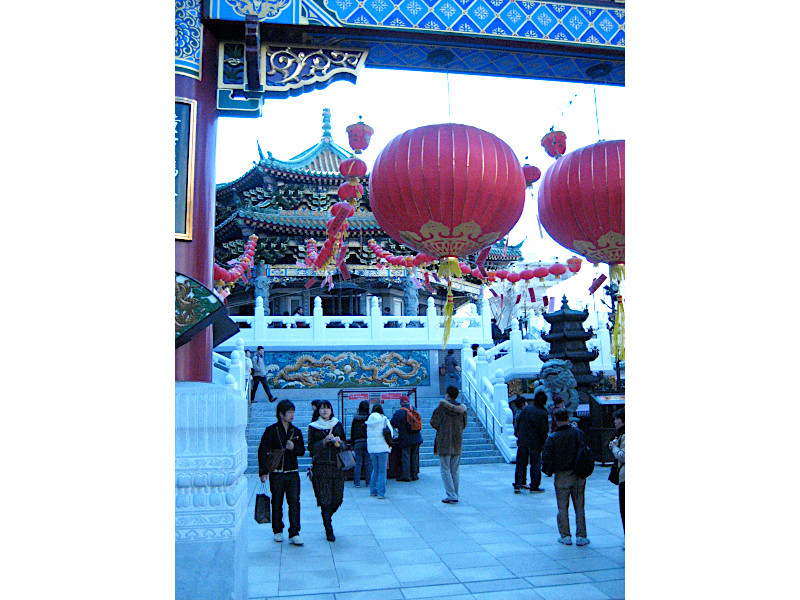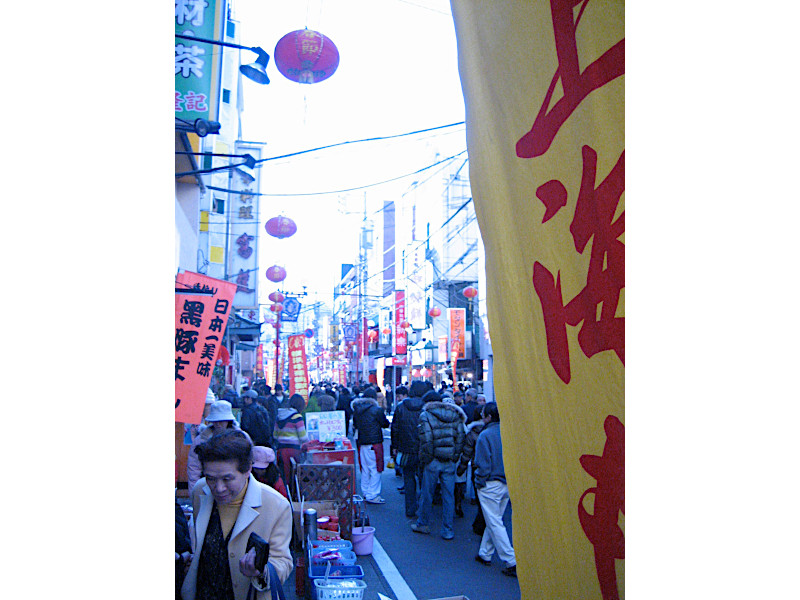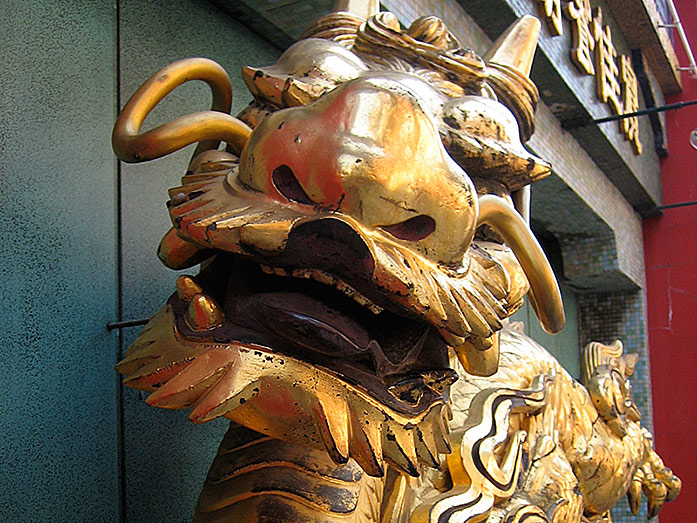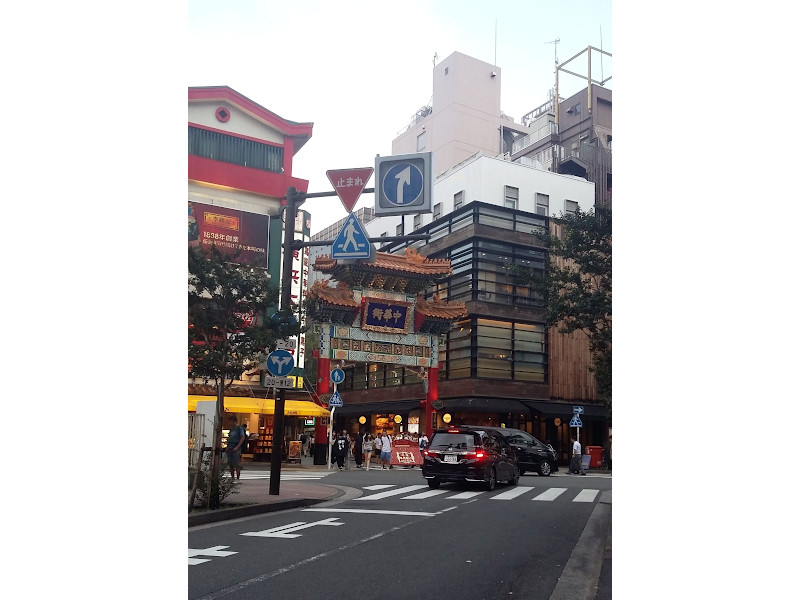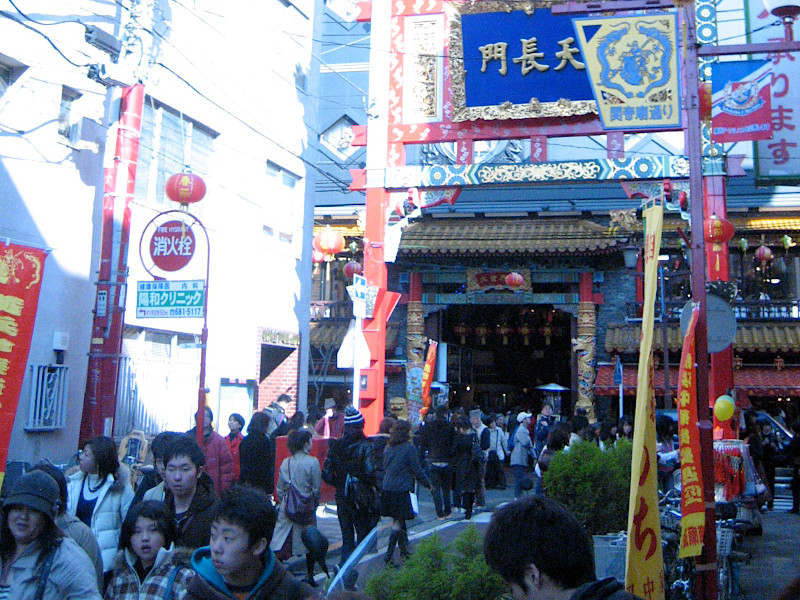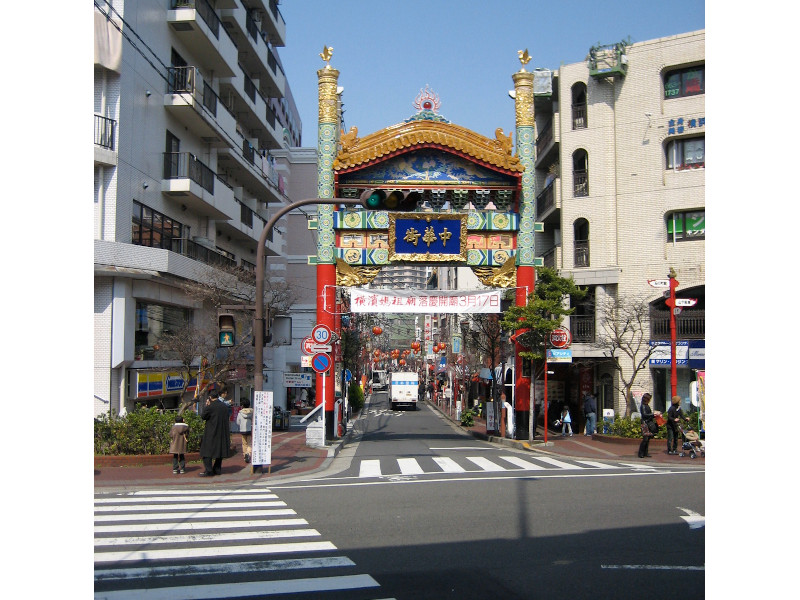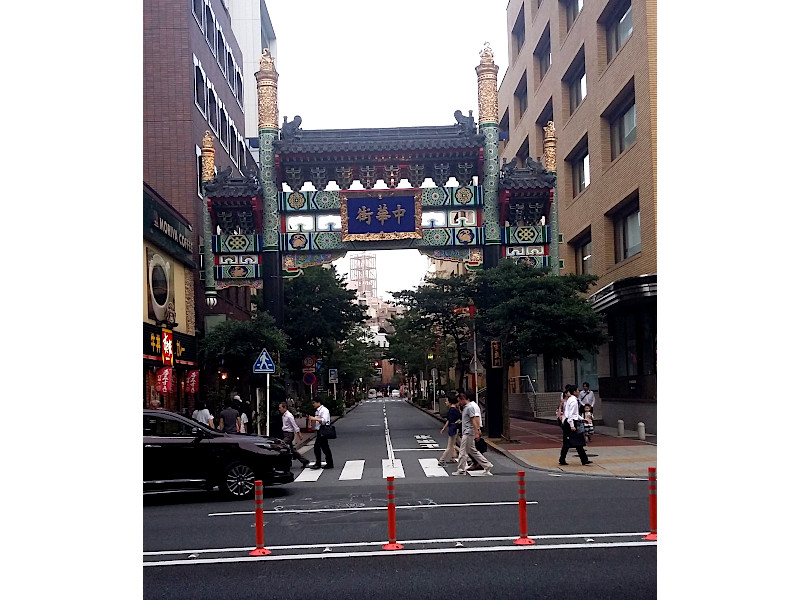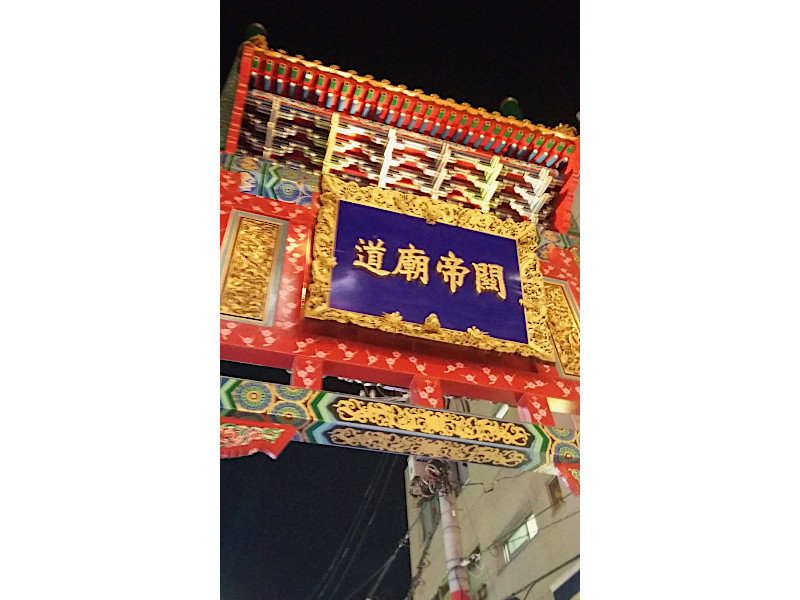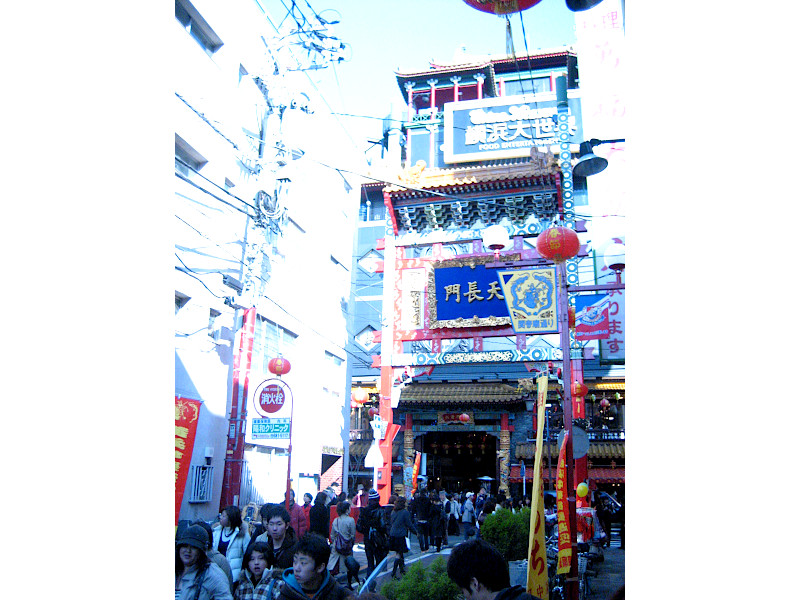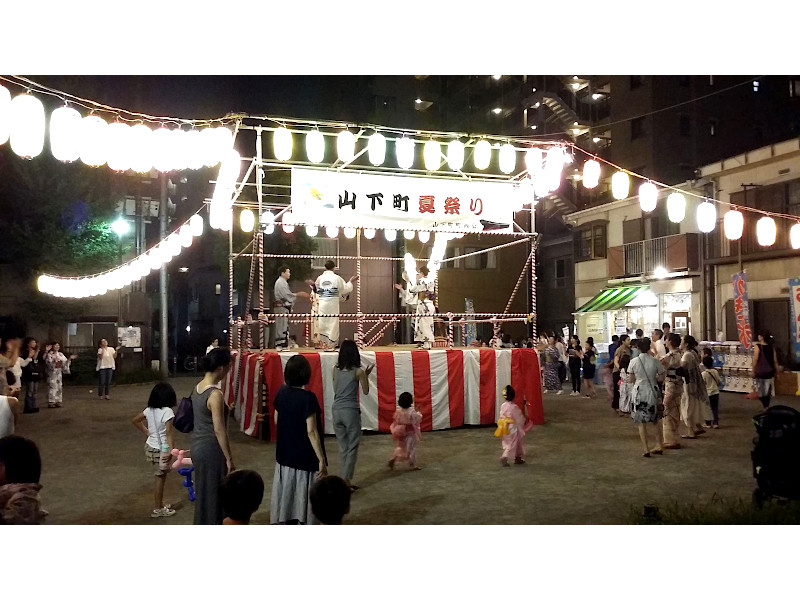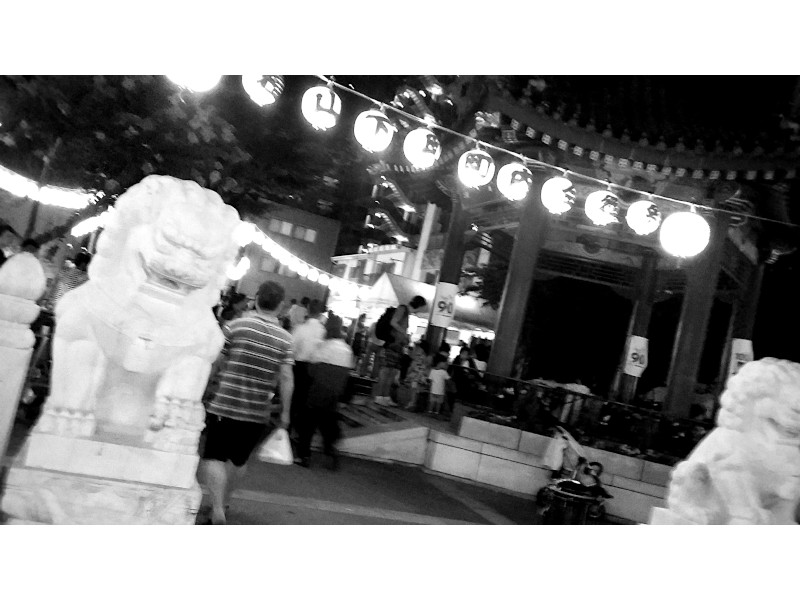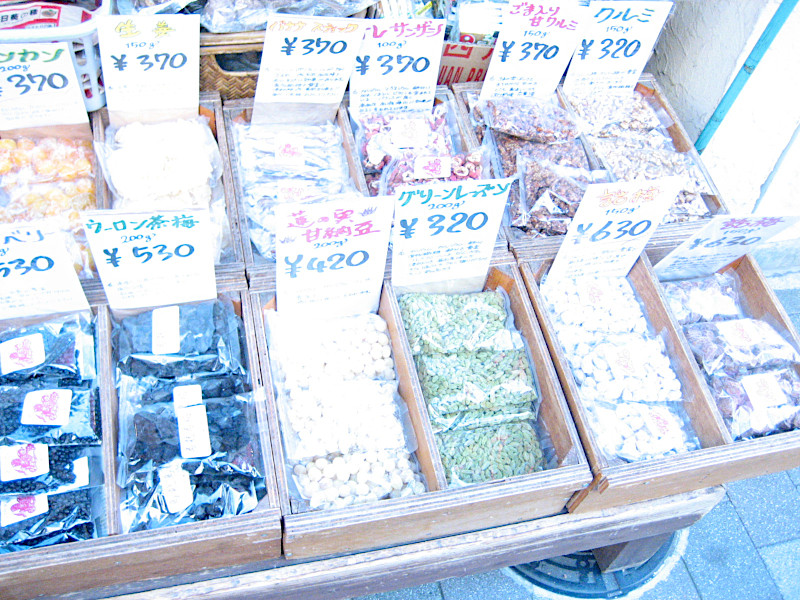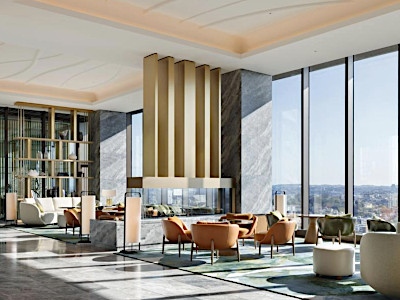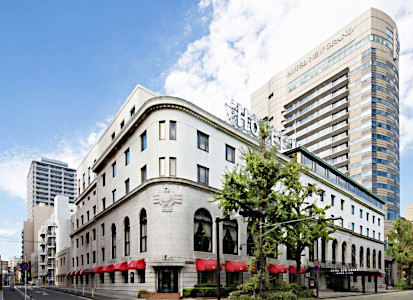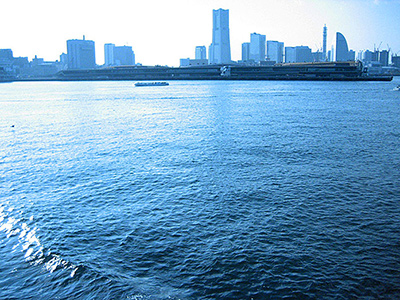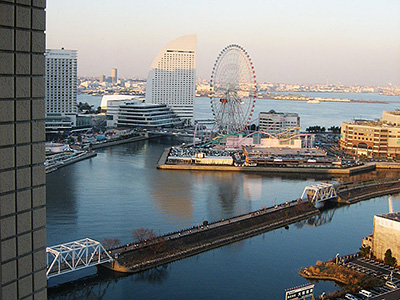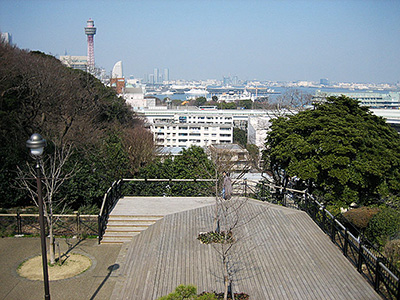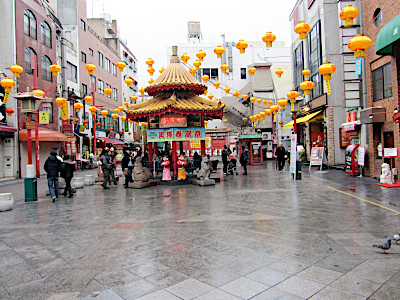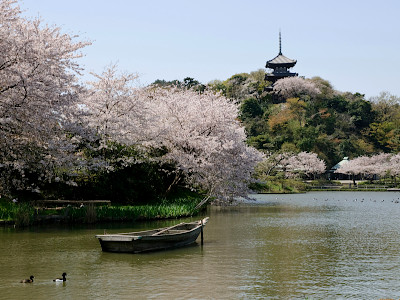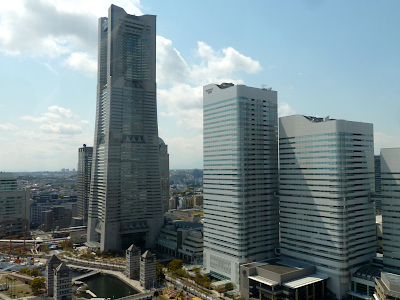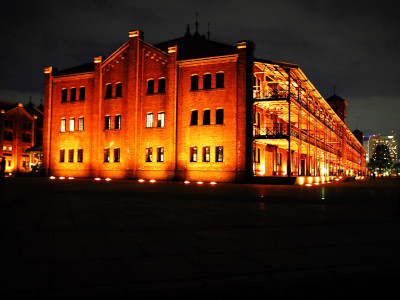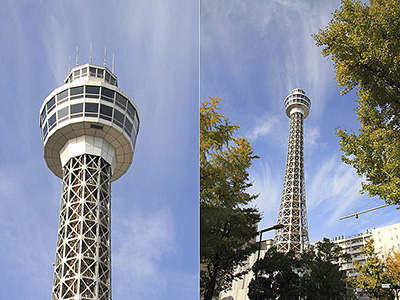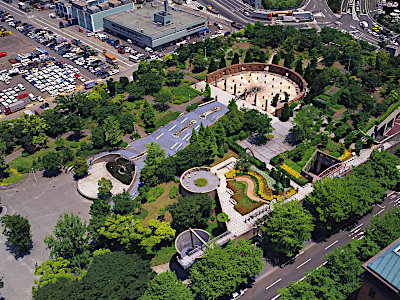Yokohama Chinatown (Yokohama Chukagai)
This post can contain affiliate links, which means that we may receive a small commission if you make a purchase using these links.
Facts & Figures
Yokohama Chinatown (Yokohama Chukagai) belongs to the three major Chinatowns in Japan. The other two are Nagasaki Shinchi Chinatown and Kobe Nankinmachi Chinatown. Yokohama Chukagai is with an area of 250,000 square meters the largest Chinatown not only in Japan but also in Asia.
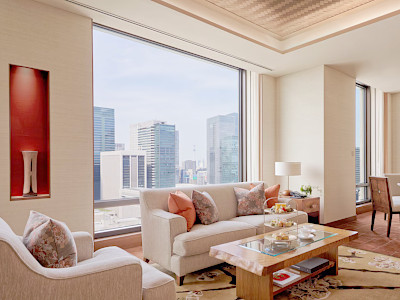 Best Places to Stay in Yokohama
Approx. 4000 people living here. You can find there hundreds of stores and restaurants with a huge variety of Chinese products and dishes. It is one of the biggest attractions in Yokohama. The ten colorful gates at the different locations are one of the highlights there. The food is simply fantastic and you have to try out Cantonese, Shanghai, Beijing, Szechwan, and Taiwanese cuisine. Most of the restaurants offer all-you-can-eat menus in a price range of 1500 - 4500 yen. Do not miss the two major temples called Kanteibyo (Guan Di Miao) and Masobyo (Ma Zu Miao). My tip: Come here during the colorful Chinese New Year's Festival celebrations at the end of January. The lion and dragon dances are an absolute highlight.
Best Places to Stay in Yokohama
Approx. 4000 people living here. You can find there hundreds of stores and restaurants with a huge variety of Chinese products and dishes. It is one of the biggest attractions in Yokohama. The ten colorful gates at the different locations are one of the highlights there. The food is simply fantastic and you have to try out Cantonese, Shanghai, Beijing, Szechwan, and Taiwanese cuisine. Most of the restaurants offer all-you-can-eat menus in a price range of 1500 - 4500 yen. Do not miss the two major temples called Kanteibyo (Guan Di Miao) and Masobyo (Ma Zu Miao). My tip: Come here during the colorful Chinese New Year's Festival celebrations at the end of January. The lion and dragon dances are an absolute highlight.
My tips for local activities
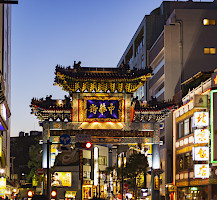
How about exploring the highlights and hidden gems of the fascinating metropolis of Yokohama with a local guide? The personalized tour by our partner GetYourGuide can take up to 4 hours. For more details check out this page >
History
American Commodore Matthew C. Perry ended in the mid-19th century the over 200 years of isolation between Japan and the rest of the world. Yokohama Port was one of the first to be open for international trade (1859). To improve and support the communication between Japanese and Western people Chinese were hired. Their first settlement in the city is now known as the Yokohama Chinatown. They started to build their own theatre, temples, and shops. In 1871 the real growth of the area started with the Sino-Japanese Trade Treaty. The Great Kanto earthquake in 1923 was a turning point for the Chinese immigrants. One-third out of approx. 5000 people died and many of the survivors went back to China. After the Second Sino-Japanese War (1937 - 1945) was over the Chinatown slowly started to grow again. 1955 the Zenrin-mon (Goodwill Gate) was constructed and at that moment the government officially recognized the Chinatown and called it Yokohama Chukagai.
Location

The Yokohama Chinatown is located in the center of Yokohama City only 500m away from Yamashita Park at the Port of Yokohama.
Address: Yamashita-cho, Naka-ku, Yokohama, 231-0023
How to get to Yokohama Chinatown?
- 30min from Shinjuku Station in Tokyo to Yokohama Station by JR Shonan Shinjuku Line
- 8min from Yokohama Station to Motomachi-Chukagai Station by Minato Mirai Line or
- 7min from Yokohama Station to Ishikawacho Station by JR Negishi Line
Sightseeing spots within Yokohama Chinatown (Chukagai)
Top:
Kanteibyo (Guan Di Miao) Temple - The temple is located in the center of Chinatown and dates back to 1862. It is the spiritual landmark in Yokohama’s Chinatown. People come here to worship the legendary military general Guan Yu (160–220) and pray for business and financial prosperity. In 1923 Kanteibyo was destroyed by a devastating earthquake. The temple was damaged during the air raids of World War 2 and a fire in 1986. Every time the people stood together with the help of donations and rebuilt the temple.
Masobyo (Ma Zu Miao) Temple - It is the largest temple in Chinatown. Masobyo opened its doors to the public in March 2006. The temple is dedicated to the Goddess of the Sea (Mazu). Masobyo is also known as the Palace of the Heavenly Empress (Tianhou Temple). It was the first temple dedicated to the goddess Mazu in Japan. Many locals come here to pray for safe travel.
Ichiba-Dori - The narrow shopping street dates back to the 1920s. It is one of the primary streets in Yokohama Chinatown between Chukagai Odori in the north and Kanteibyo Road in the south. Come here at night when the beautiful Chinese paper lanterns are illuminated.
Ten gates of Yokohama Chinatown - These colorful gates are built by the principles of feng shui. Try to find all of them: Genbu-mon, Zenrin-mon, Enpei-mon, Chikyu-mon, Tencho-mon, Ichiba-dori-mon, Suzaku-mon, Choyo-mon, Ichiba-dori-mon and Seiyo-mon. Out of those the four main gates are Choyo-mon, Suzaku-mon, Enpei-mon, and Genbu-mon. These gates represent a different season.
Genbu-mon - It is the North Gate. The name means The Black Tortoise or Black Warrior of the North. Genbu is one of the Four Symbols of the Chinese constellations. It represents the winter and longevity, balance, and protection.
Enpei-mon - The West Gate symbolizes the deity Byakko. The name stands for White Tiger of the West is associated with the autumn season and promotes eternal peace.
Suzaku-mon - The South Gate symbolizes the deity Suzaku. The name stands for The Vermilion Bird and it represents summer and fire and gives good fortune and protection from disasters.
Choyo-mon - The East Gate symbolizes the deity Choyo. It stands for the Blue Dragon of the East and it represents spring and gives prosperity.
Chinatown's Zenrin-mon - The gate is also known as Goodwill Gate and was built in 1955 after the government officially recognized Chinatown and called it Yokohama Chukagai. It was the first gate built in Chinatown and nine more followed.
Heichinro - This restaurant has a very interesting history. It was built in 1884, which makes it the oldest Chinese restaurant in the country. The Cantonese cuisine there is excellent.
Festival & Events (dates can change without notice)
January/February
Chinese New Year's Festival (end of Jan/Feb)
Enjoy the drums, the popping of firecrackers, and the lion dance as the highlight of this huge festival. This is my must-see recommendation for you. The festival ends on the 15th of Feb. with the Lantern Festival at the Masobyo (Ma Zu Miao) Temple.
August
Kanteitan Festival (13th)
One of the major festivals in the Yokohama Chinatown. The birth of the popular Chinese general Guan Yu is celebrated with a Chinese lion and dragon dance and a huge procession.
October
Kokkeisetsu Festival (1st)
Celebrate China's National Foundation Day together with thousands of visitors.

